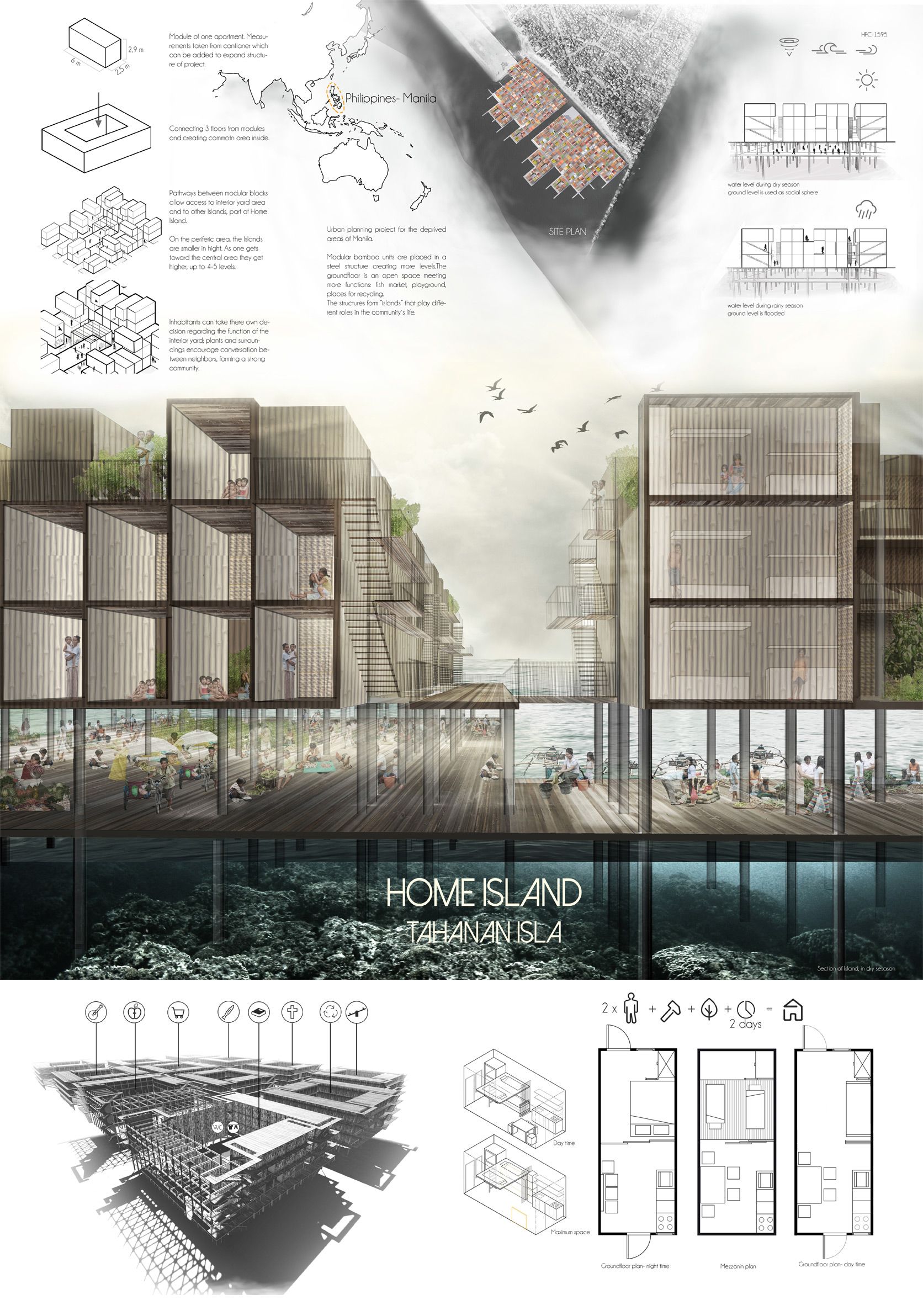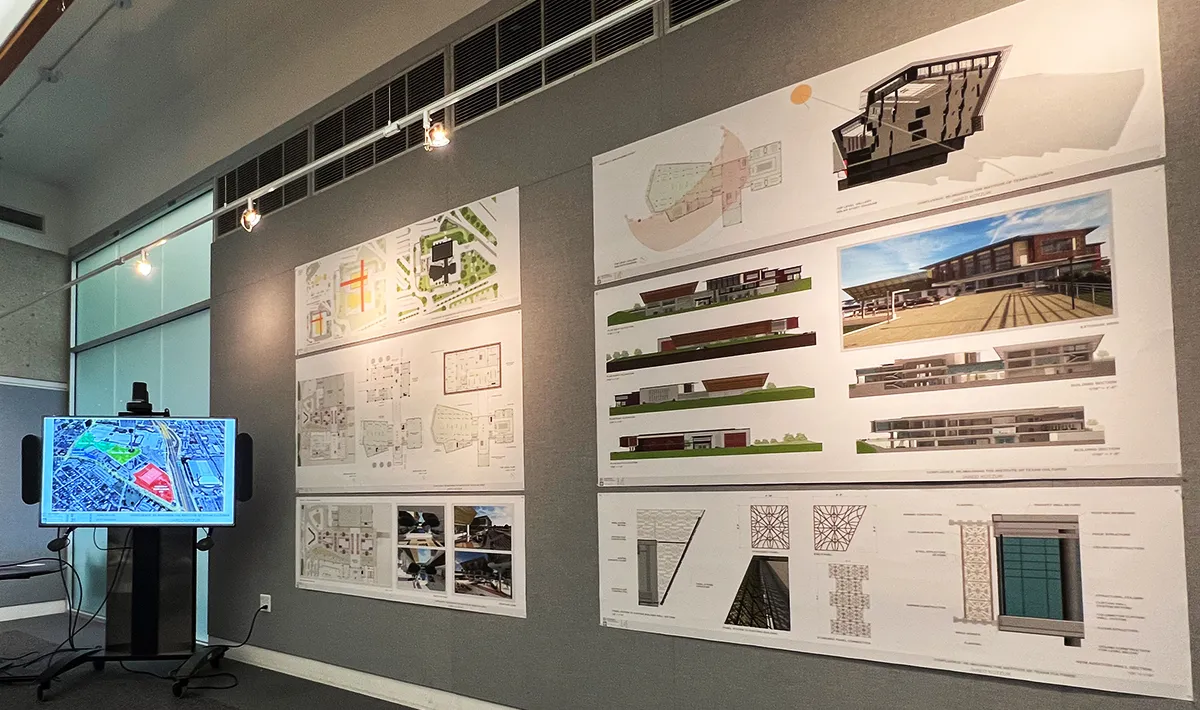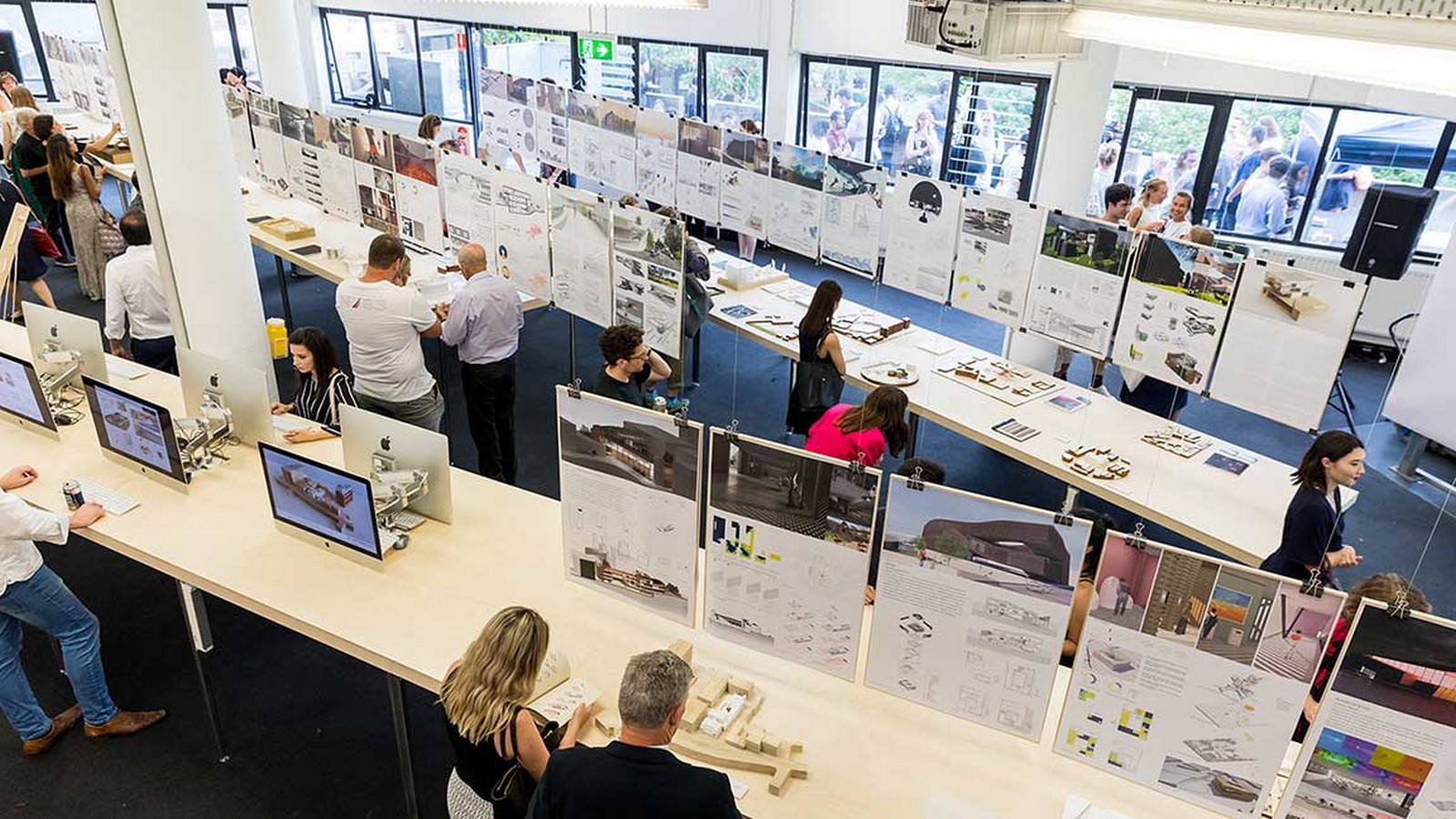As an architect, one of the most important skills you can develop is the ability to create effective and visually appealing presentation sheets. Presentation sheets are a key tool for communicating your design ideas to clients, colleagues, and stakeholders, and they can make a big difference in how your work is perceived.
Here are some tips for mastering the art of architectural presentation sheets:
Start with a clear concept and design direction
Before you begin creating your presentation sheets, make sure you have a clear concept and design direction for your project. This will help guide your presentation and ensure that your sheets are focused and effective.
Use a consistent layout and formatting
Consistency is key when it comes to presentation sheets. Use a consistent layout and formatting throughout your sheets, including fonts, colors, and styles. This will help create a cohesive and professional-looking presentation.

Focus on the key elements
When creating your presentation sheets, focus on the key elements of your design. This includes the overall concept, the site plan, floor plans, elevations, and sections. Use clear and concise labels and annotations to help explain your design ideas.
Incorporate high-quality images and graphics
Visual elements are an important part of any presentation sheet. Incorporate high-quality images and graphics that showcase your design ideas and help bring them to life. This can include photographs, renderings, sketches, and diagrams.

Show the design in context
When presenting your design, it’s important to show it in context. This can include images or graphics of the surrounding neighborhood or landscape, or even a 3D model of the site. This will help clients and stakeholders better understand how your design fits into its surroundings.
Use color and texture to enhance your presentation
Color and texture can be powerful tools for enhancing your presentation sheets. Use color to highlight key elements or to create a mood or atmosphere. Incorporate texture to help create depth and interest.
Practice good presentation skills
Creating effective presentation sheets is only half the battle. You also need to be able to present your ideas in a clear and engaging way. Practice good presentation skills, including speaking clearly and confidently, using visual aids effectively, and engaging with your audience.
Concept and Design
By mastering the art of architectural presentation sheets, you can better communicate your design ideas, showcase your skills, and build your reputation as a talented architect. With these tips, you’ll be well on your way to creating effective and visually appealing presentation sheets that will impress clients and stakeholders alike.
A concept is a fundamental idea or approach that underlies the design of a project. It is a guiding principle that informs every aspect of the project, from the site selection to the materials used. Without a clear concept, it can be difficult to create a cohesive and effective presentation. A well-defined concept can help focus the presentation, and provide a clear narrative for the design.

In addition to a concept, it’s important to have a clear design direction. This refers to the specific goals and objectives for the project, and the strategies that will be used to achieve them. For example, if the goal of a project is to create a sustainable and energy-efficient building, the design direction might include strategies such as passive solar design, use of renewable materials, and energy-efficient systems.
Having a clear concept and design direction can help guide the creation of the presentation sheets. It can help determine which elements of the design to focus on, and how to present them in a clear and effective way. It can also help ensure that the presentation sheets are consistent with the overall vision and goals of the project.
When developing a concept and design direction for a project, it’s important to consider a variety of factors, including the site, the client’s needs and preferences, and the project’s goals and objectives. It’s also important to involve key stakeholders in the process, including the client, consultants, and other members of the design team. By starting with a clear concept and design direction, architects can create presentation sheets that are focused, cohesive, and effective. They can better communicate their design ideas, and help ensure that the project meets the client’s needs and expectations.








